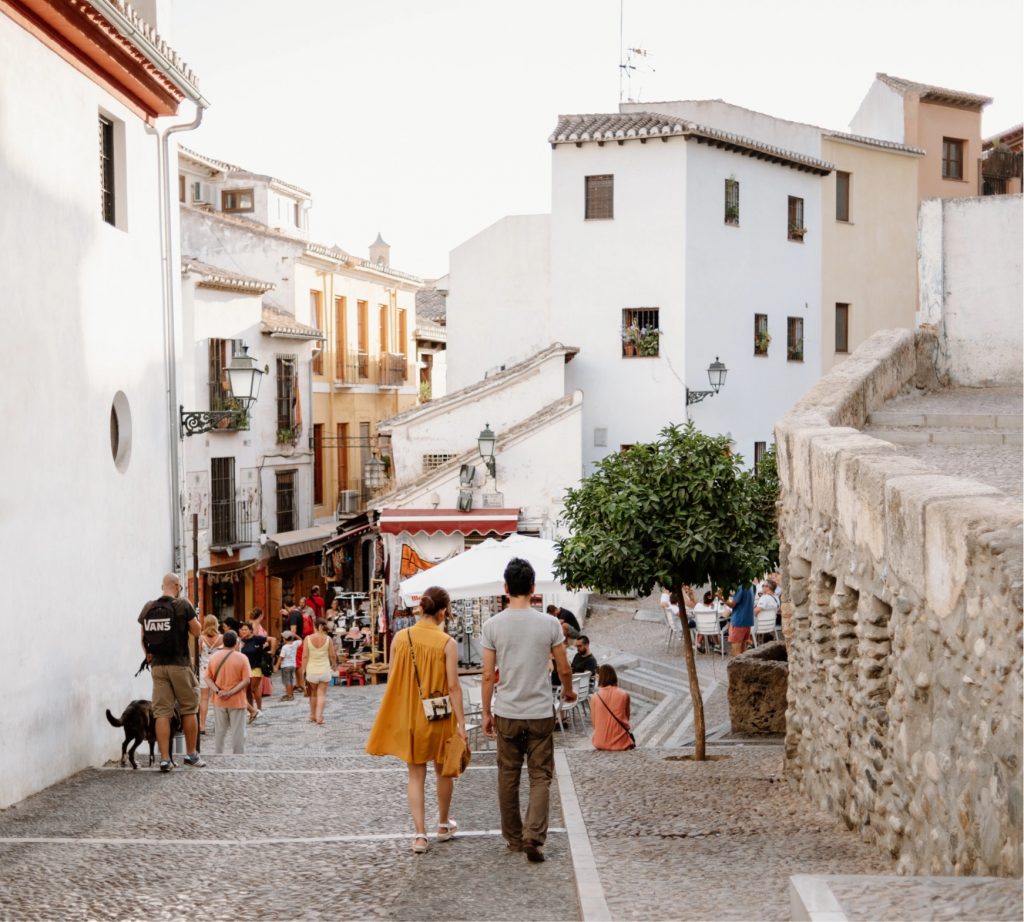Spanish Courses in Granada
>
>
Granada is a lovely city where you will love to learn and practise Spanish. Being a medium-sized city (population 290,000), Granada has the cultural and leisure options of a big city. Its more than 60,000 students give Granada a special atmosphere.
An average of 300 sunny days a year means you can enjoy pleasant weather not only at the nearby coast (30-minute drive) but also in the public gardens and parks such as Parque García Lorca. It is also a comfortable and cheap city: you will not be able to resist its tapas, flamenco and night life. Granada lets us see the traces of its rich and ancient history in every little corner, with a mixture of cultures where everybody feels at home.

